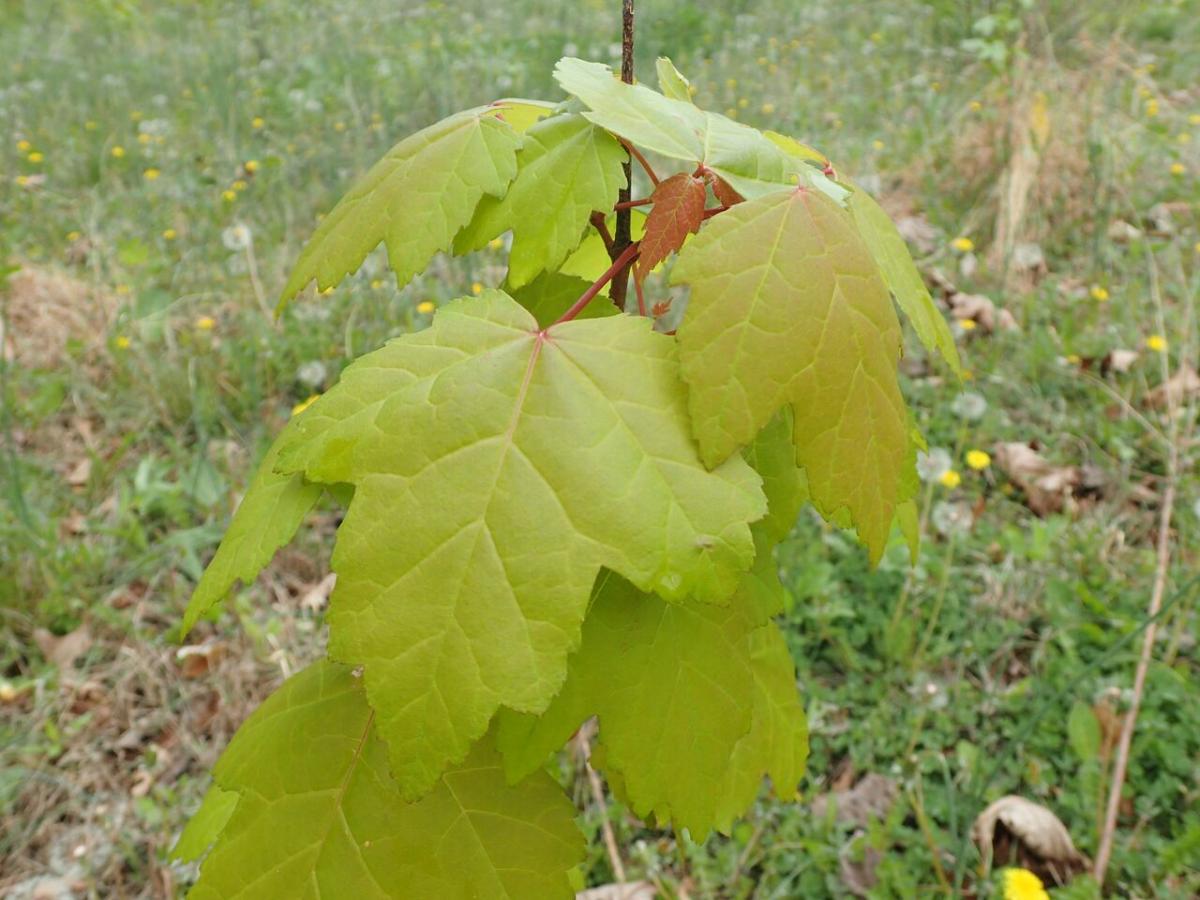Research ProjectImpacts of tree diversity on leaf endophytes
The impacts of tree diversity on leaf endophytes
Affiliated Labs
Project Goal
The project goal is to determine how leaf endophytes (fungi and bacteria that live inside leaf tissues) change the way that native tree diversity affects leaf chemistry (metabolome), herbivore communities, and ultimately tree productivity.
Description

Our project uses an experimental tree diversity planting at BiodiversiTREE to examine how the surrounding plant community alters leaf endophytes (fungi and bacteria) and leaf chemistry during the tree establishment phase, an important period during which endophytes become established and possibly create a legacy that drives later dynamics and forest productivity. The power in the approach lies in the large-scale field setting, the simultaneous measurement of multiple trophic levels (endophytes, trees, and herbivores), and the use of new techniques to characterize endophytes and leaf chemistry. Results from this project will provide a powerful general framework for understanding how changes in species composition driven by anthropogenic impacts will affect tree performance and inform foresters and private land owners to maximize tree biomass production/yield or carbon storage.

We are simultaneously testing the following hypotheses:
Hypothesis 1: The Host Diversity Hypothesis. Increasing plant diversity will decrease leaf endophyte diversity. Leaf endophytes are largely host-specific, which means that many bacteria and fungi typically associate with particular tree species. Moreover, fungi and bacteria have limited dispersal abilities; so, in tree communities with more diverse (but fewer suitable) hosts, we predict that there will be lower bacterial richness and diversity.
Hypothesis 2. The Leaf Metabolome Hypothesis: Increasing plant diversity will decrease leaf chemical diversity (through decreases in endophyte diversity). Because microbes commonly produce a variety of chemicals, we predict that increases in plant diversity will result in less diverse chemical compounds via decreases in endophyte diversity, which will lead to more diverse herbivore communities.


